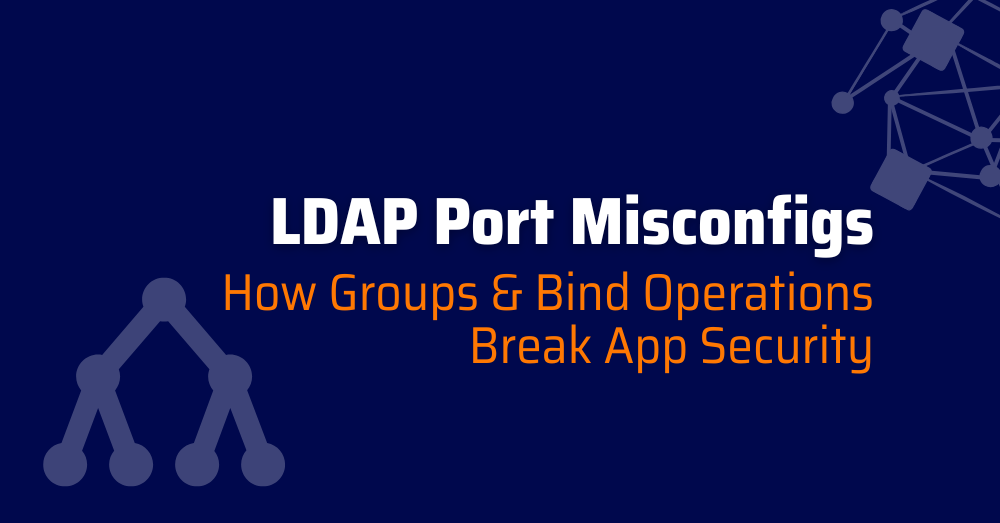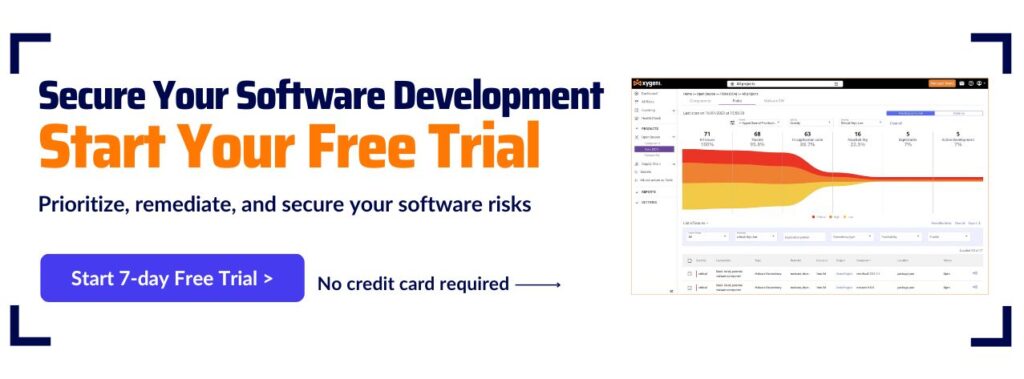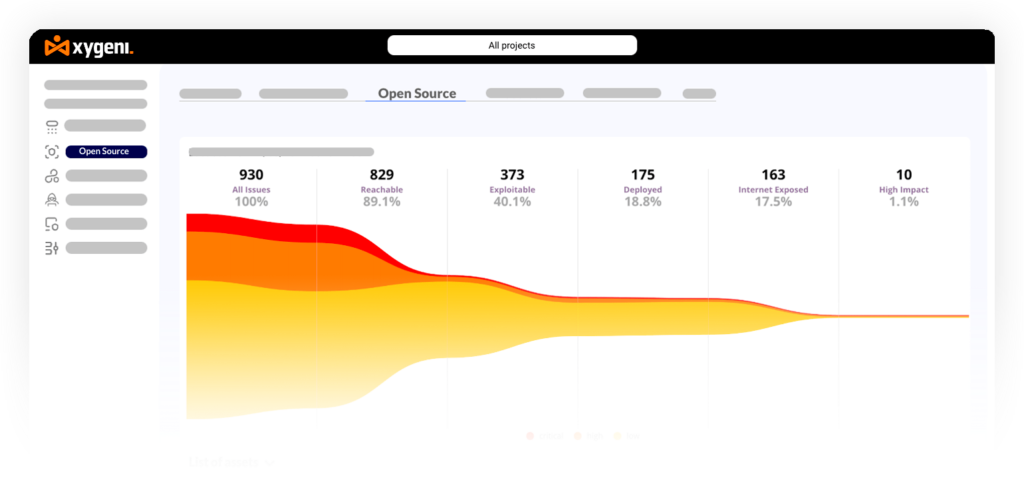Common LDAP Port Misconfigurations That Lead to Exposure
A single LDAP port misconfiguration can undermine your entire authentication flow. Too many applications still connect over LDAP:// on port 389, which does not use TLS by default. This leaves all LDAP traffic, including credentials and queries, exposed to interception or tampering.
Insecure configuration:
# Insecure: ldap:// without TLS
ldapsearch -H ldap://ldap.example.com:389 -x -D "cn=admin,dc=example,dc=com" -WOn this LDAP port, data is transmitted in cleartext. Anyone sniffing the network can capture usernames, passwords, or session tokens.
Secure configuration:
# Secure: ldaps:// with TLS on 636
ldapsearch -H ldaps://ldap.example.com:636 -x -D "cn=admin,dc=example,dc=com" -W
By moving from 389 to 636 (ldaps://), you ensure traffic is encrypted, reducing exposure to man-in-the-middle attacks. Treat the LDAP port choice as a security boundary, not just a connectivity detail.
Weak Bind Operations and Broken Access Boundaries
Improperly configured LDAP bind operations are another major source of risk. Many environments still allow anonymous binds or use shared service accounts across applications.
Example: insecure simple bind
# Simple bind over ldap:// transmits credentials in plaintext
ldapwhoami -x -D "cn=service,dc=example,dc=com" -W -H ldap://ldap.example.com:389
This LDAP bind operation exposes credentials in cleartext. Attackers monitoring the connection can harvest passwords without needing to break encryption.
Better practices include:
- Enforcing SASL binds with strong authentication.
- Scoping service accounts to minimal permissions.
- Requiring TLS for every LDAP bind operation.
When LDAP bind operations are misconfigured, attackers can bypass authentication layers, query sensitive attributes, and even pivot deeper into internal services.
Over-Privileged LDAP Groups That Violate Least Privilege
Misconfigured LDAP groups are one of the most common privilege escalation paths. Developers often lump accounts into overly broad groups for convenience, breaking least privilege.
Real-world case: service account in admin LDAP group
In one pipeline environment, a CI/CD service account was mistakenly assigned to an LDAP admin group. This granted it elevated privileges such as creating new users and modifying schema attributes.
When attackers compromised the pipeline, they leveraged the service account’s membership in the LDAP group to laterally move into directory services. This turned a minor breach into full domain control.
Safe practice:
- Define LDAP groups with narrow, role-specific permissions
- Regularly audit group membership
- Prevent service accounts from being added to sensitive LDAP groups
Mismanaged LDAP groups transform small missteps into catastrophic privilege escalation.
Secure LDAP Integration in Pipelines and CI/CD Flows
In DevSecOps, LDAP settings must be treated as part of the pipeline security model. A single misstep in a CI/CD config can expose tokens, weaken authentication, or deploy apps with unsafe LDAP defaults.
Checklist for secure LDAP integration:
- Always enforce TLS (use ldaps:// on 636)
- Block anonymous LDAP bind operations
- Restrict service account permissions to least privilege
- Audit LDAP groups before deployments
- Validate configs as part of pipeline pre-deployment checks
Example insecure pipeline snippet:
# Insecure: using ldap:// with no TLS in CI/CD
steps:
- run: ldapsearch -H ldap://ldap.example.com:389 -x
Secure alternative:
# Secure: enforce ldaps:// in CI/CD flows
steps:
- run: ldapsearch -H ldaps://ldap.example.com:636 -x
Automating LDAP Misconfig Detection with DevSecOps Tools
Manual reviews aren’t enough. Automated checks should be built into CI/CD pipelines to block insecure LDAP port usage, unsafe LDAP bind operations, and over-privileged LDAP groups.
Practical automation strategies:
- Static analysis: flag ldap:// on port 389
- Policy enforcement: reject pipeline changes that weaken bind configs
- Audit scripts: scan for group memberships that violate least privilege
Tools like Xygeni extend these checks by continuously monitoring pipelines, detecting insecure LDAP usage, and preventing weak configurations from slipping through. With Xygeni, developers can enforce LDAP guardrails without slowing down delivery.
Hardening LDAP for Real Security
LDAP misconfigurations are a silent but critical security risk. Choosing the wrong LDAP port, allowing weak LDAP bind operations, or mismanaging LDAP groups can expose credentials, break authentication boundaries, and enable privilege escalation across pipelines. Key takeaways for developers and security teams:
- Always enforce TLS (ldaps:// on 636) instead of relying on port 389
- Block anonymous and plaintext LDAP bind operations
- Apply least privilege rigorously when defining LDAP groups
- Automate LDAP checks in CI/CD pipelines
With support from Xygeni, teams can enforce LDAP security policies in real time, detect unsafe binds and over-privileged groups, and reduce the risk of misconfigurations cascading into production. LDAP isn’t just infrastructure; it’s part of your application security surface. Harden it, automate its checks, and keep attackers from exploiting the gaps.








